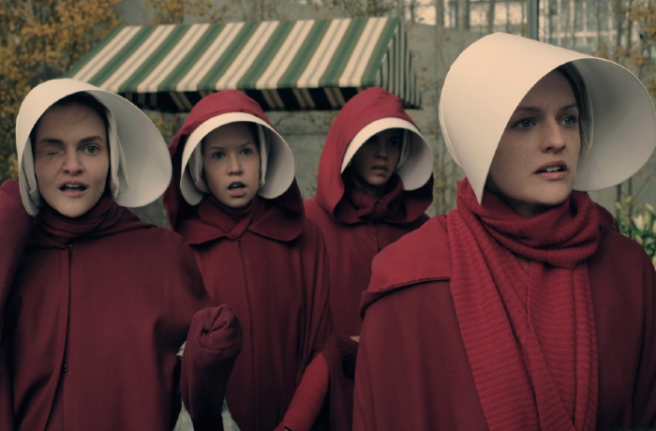
World Health Organisation now classifies burnout as a syndrome
We've all experienced the feeling of "burning the candle at both ends"; intense stress, rising heart rate and endless exhaustion.
This experience of fatigue and depression as a result of anxiety and lack of control is now formally recognised by the medical community: Burnout is now an official workplace syndrome.
The workplace disorder is now classified as “a syndrome conceptualized as resulting from chronic workplace stress that has not been successfully managed,” according to WHO.
#Burnout is included in the 11th Revision of the International Classification of Diseases (#ICD11) as an occupational phenomenon.
It is NOT classified as a medical condition https://t.co/t9pjcv3ctX pic.twitter.com/FF6Zzfwoj7— (@WHO) May 28, 2019
Burnout is now included in the International Classification of Diseases, the World Health Organisation’s handbook which helps medical providers in terms of diagnosis.
Initial reports characterised the classification as a medical condition, but WHO clarified that it's an 'occupational phenomenon'.
The common symptoms of burnout include energy depletion or fatigue, increased medical distance from one's job or feelings of negativity or cynicism related to one's employment. Reduced professional efficacy is also included in the list.
The handbook notes that the syndrome “should not be applied to describe experiences in other areas of life" outside of occupation.

CNN claims that the science behind burnout dates back to a 1974 study by the psychologist Herbert Freudenberger.
Burnout has widely been infused into society as a talking point of stress and workplace exhaustion, but wasn't taken seriously as a legitimate medical condition and was associated with younger generations.
Many young people claim that they have internalized the idea that they should be working 24 hours a day. This new classification can help validate those who need medical assistance to help them manage burnout.











